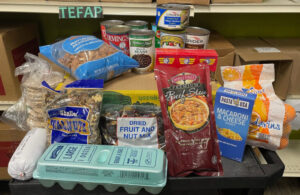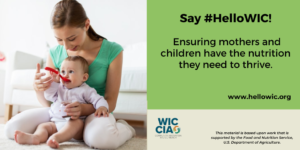SNAP is by far the most effective tool available to help the country’s 40 million food-insecure individuals, so it’s natural that hunger-relief advocates always want to see SNAP participation and spending go up.
For the past five years, however, the trend has been the opposite. The latest figures, released last week by the USDA, show about two million fewer people participating in SNAP in 2018, continuing a decline started in 2014. Compared to the 2013 high point, when $80 billion of SNAP benefits reached 47.6 million people, spending has plunged by almost 20%, to $65 billion for 40 million people in 2018.
Broadly speaking, the decline is actually good news because it indicates that vulnerable households are being helped by the improving economy. When the economy is thriving, as has been the case in recent years, fewer people qualify for SNAP. “One of the real strengths of SNAP is that it expands during downturns and contracts when the economy is good,” said Diane Schanzenbach, Director of the Institute for Policy Research at Northwestern University.
But SNAP’s contraction may be painting a rosier picture than actually exists. The 40 million people still on SNAP generally do not receive enough in monthly benefits to maintain a full and healthy diet, according to numerous recent studies. “Even though participation is down, it doesn’t mean there’s not great need,” said Craig Gundersen, a professor at the University of Illinois. “There is a whole slew of people who are getting SNAP and are still food-insecure.”
That was exactly the point of a February 2019 paper from the Food Research and Action Center, which calls inadequate monthly SNAP benefits “the program’s greatest shortcoming.” The paper found that SNAP recipients not only eat fewer calories and less healthfully at the end of the month, but they also score more poorly on standardized tests and get admitted to the hospital more frequently.
When per-person SNAP benefits increase, as they did for about five years following the Great Recession when the government was trying to stimulate the economy, good things happen: researchers have recorded decreases in food insecurity, child poverty and Medicaid expenditures.
FRAC calls for a number of policy changes to address the issue of inadequate benefits, including raising the minimum SNAP benefit from $16 to $25 per month. (The average per-person SNAP benefit is $125 a month.) “Serious and meaningful efforts are needed,” the paper concluded.





